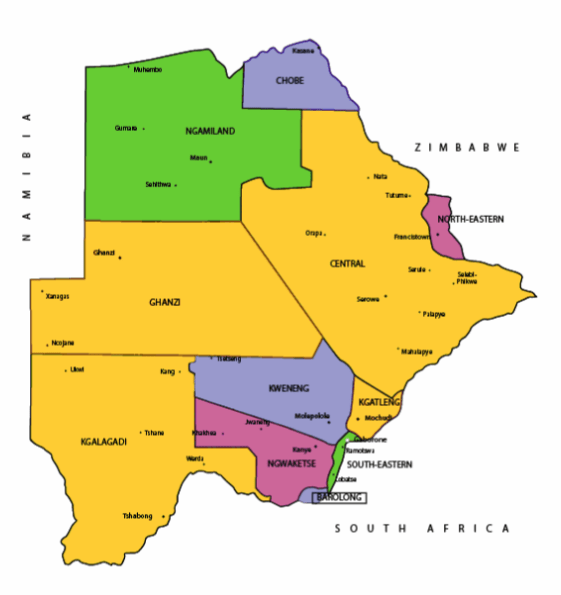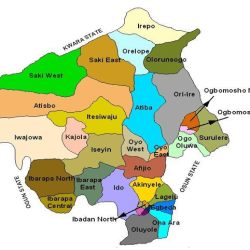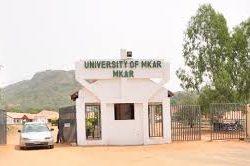Places and their polling stations in Goodhope-Mabule, Botswana
390 Goodhope
1803 Goodhope Primary School
1804 Lotlamoreng Ii JSS
1805 Stump Vtc
1806 Kgoro Primary School
1807 Rural Administration Centre
1808 Gamokoto Health Post
391 Pitsane
1809 Maiphitlhwane Primary School
1810 Pitsane Kgotla
1811 Montshioa JSS
1812 Pitsane Roman Catholic Church
1813 Dinatshana Primary School
1814 Bethel Health Post
392 Rakhuna
1815 Tlhareseleele Primary School
1816 Morelelo Primary School
1817 Rakhuna Kgotla
1818 Methodist Church
1819 Ngwatsau Primary School
1820 Sheepfarm Primary School
1821 Malokaganyane Kgotla
1822 Pitsane Potlokwe Primary School
393 Ramatlabama
1823 Makokwe Kgotla
1824 St. Martins Primary School
1825 Borobadilepe Primary School
1826 Matasalalo VDC House
1827 Ramatlabama Primary School
1828 Mmaditlou Primary School
1829 Ramatlabama Methodist Church
394 Hebron
1830 Tawana Primary School
1831 Marojane Kgotla
1832 Marojane Primary School
1833 Iphutheng JSS
1834 Logagane Primary School
1835 Phihetswane Primary School
395 Mokgomane-Metlojane
1836 Mokgomane Primary School
1837 Cwanyaneng Primary School
1838 Tswagare Primary School
1839 Sekokwane Kgotla
1840 Metlojane Primary School
1841 Mogobewakgomo Kgotla
1842 Mogwalale Primary School
396 Ga-Molopo
1843 Sebohelo Kgotla
1844 Phitshane Molopo Primary School
1845 Pentecostal Protestant Church
1846 Sedibeng Primary School
1847 Mokatako Primary School
1848 Molete Kgotla
1849 Molopo River JSS
397 Mmakgori
1850 Tshidilamolomo Primary School
1851 Mmakgori Primary School
1852 Dikhukhung Primary School
1853 Leporung Primary School
398 Mabule-Sekhutlane
1854 Sekhutlane Primary School
1855 Mabule Primary School
1856 Recreational Hall
Reference: iec.gov.bw/index.php/electoral-districts/polling-stations.html
Botswana
Botswana is a country in Africa. It is topographically flat, with approximately 70 percent of its territory being the Kalahari Desert.
It is bordered by South Africa to the south and southeast, Namibia to the west and north, and Zimbabwe to the northeast.
Capital: Gaborone
Currency: Botswanan Pula
Official language: English
Population: 2.588 million (2021) World Bank
Dialing code: +267
Gross Domestic Product: 17.61 billion USD (2021) World Bank
Botswana’s ten districts are:
- Southern District
- South-East District
- Kweneng District
- Kgatleng District
- Central District
- North-East District
- Ngamiland District
- Kgalagadi District
- Chobe District
- Ghanzi District
Botswana’s councils created from urban or town councils are: Gaborone City, Francistown, Lobatse Town, Selebi-Phikwe Town, Jwaneng Town, Orapa Town and Sowa Township.






The name Botswana refers to ‘Land of the Tswana’. The landlocked, Southern Africa country is officially known as the Republic of Botswana.














Botswana is connected to Zambia through the Kazungula Bridge making it the world’s shortest border between two countries.
A country of slightly over 2 million people (2021), Botswana is one of the most sparsely populated countries in the world. It is essentially the nation state of the Tswana ethnic group, who make up 79% of the population.

About 11.6 per cent of the population lives in the capital and largest city, Gaborone.
Formerly one of the world’s poorest countries—with a GDP per capita of about US$70 per year in the late 1960s—it has since transformed itself into an upper-middle-income country, with one of the world’s fastest-growing economies.


The Tswana ethnic group were descended mainly from Bantu-speaking tribes who migrated southward of Africa to modern Botswana, living in tribal enclaves as farmers and herders.




In 1885, the British colonised the area and declared a protectorate under the name of Bechuanaland.
As colonisation stopped, Bechuanaland became an independent republic under its current name on 30 September 1966.


Since then, it has been a representative republic, with a consistent record of uninterrupted democratic elections and the lowest perceived corruption ranking in Africa since at least 1998.

The economy is dominated by mining and tourism. Botswana has a GDP (purchasing power parity) per capita of about $18,113 as of 2021, one of the highest in subsaharan Africa.


Botswana is the world’s biggest diamond producing country.
Its relatively high gross national income per capita gives the country a high standard of living and the third-highest Human Development Index of continental Sub-Saharan Africa (after Gabon and South Africa).
The country has been adversely affected by the HIV/AIDS epidemic. In 2002, Botswana began offering anti-retroviral drugs (ARVs) to help combat the epidemic.
Botswana is a member of the Southern African Customs Union, the Southern African Development Community, the Commonwealth of Nations, and the United Nations.


